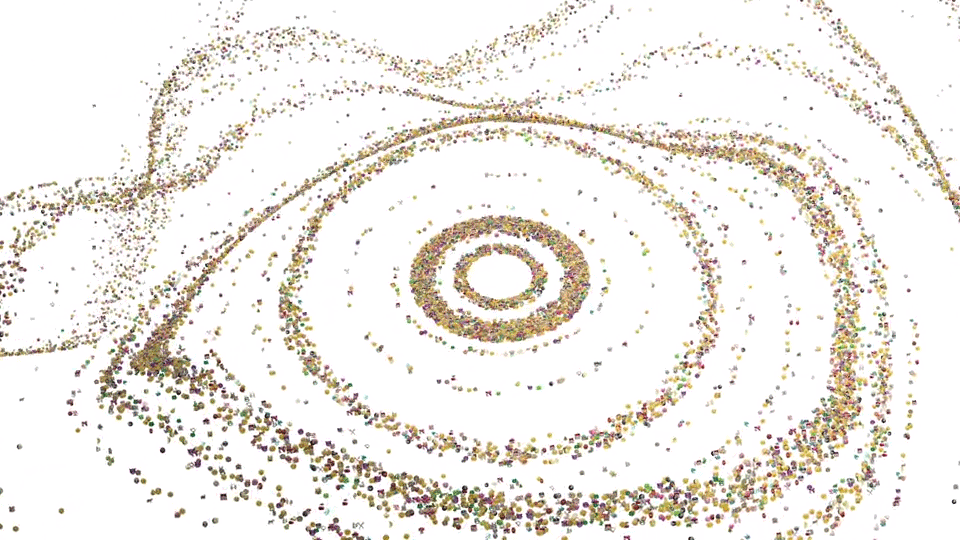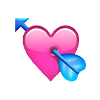The full history of emoji originally aired on Oct. 27 on VICE News Tonight on HBO.
In the late 1990s, Shigetaku Kurita, a young engineer at the Japanese phone company NTT Docomo, was working on what he thought was just another project — a series of icons that subscribers could use to quickly read information on the first mobile web services and to communicate with each other. This set of 176 icons was called emoji, a combination of the Japanese words for picture — e — and character — moji. This week, the Museum of Modern Art in New York acquired the set for its permanent collection. In an interview, Kurita described the creation of what MoMA and others see as the quintessential modern language, and shared some of the original sketches.
But first, watch the full VICE News Tonight on HBO segment:
VICE News: Explain how you came to create the first emoji set.
I made emoji when I worked at NTT Docomo, a cellphone provider. In 1999, Docomo started iMode, which was its first internet service. Emoji were developed to be used there.
The screens on phones were very cheap — black and white, displaying only 50 symbols. Words alone made it difficult to display information on weather, news, the movies, and so on. And of course we were unable to use pictures. We thought emoji, which is a type of pictogram, would suit our purposes. And looking at the tendencies of messaging in Japanese society … miscommunication may arise due to the brevity of the message. You don’t know why someone sent you a certain message. A person becomes wary or even angry because of it. These were experiences I myself and the mass community shared. We thought emoji would alleviate this sort of problem. That’s why we made it. As a prime example: a pager had a heart symbol. Once, they deleted that symbol. This led to a drop in sales. That showed how important something so trivial as a heart symbol could be.
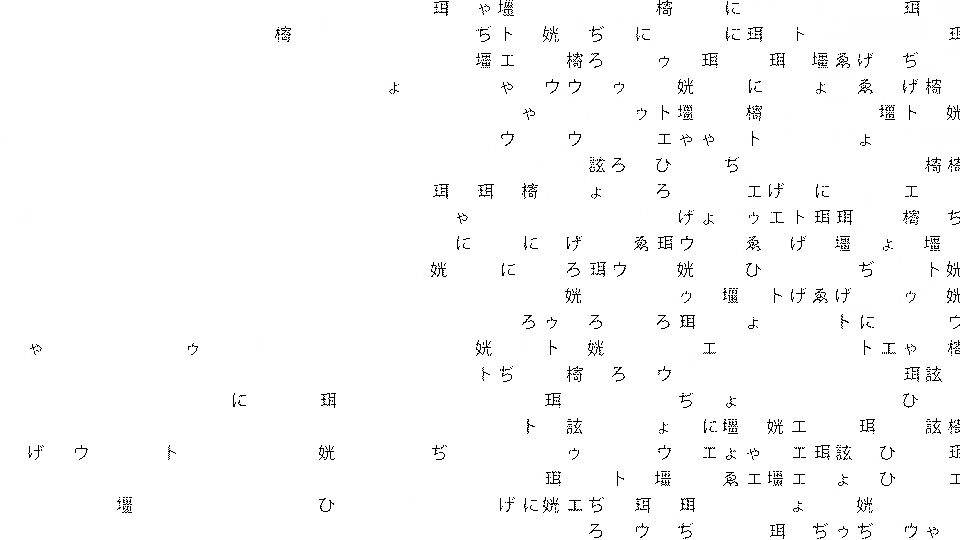
Why are they called emoji?
The word emoji already existed in the Japanese language. I did my own research regarding emoji as I began working on it. They had existed from the Edo era. They used emoji-like things to teach prayers to those who could not read or write to teach them. They also used pictures in quizzes. Icons had been used for a long time throughout the history of Japan. So pictures serving as words, emoji, already existed. It is e (pictures) + moji (letters).
What were your inspirations for your emoji set?
We had to limit the number of emoji. Speaking with the development team, we decided on 200 types. I made my own list and then refined it by adding and subtracting. It was a selection process.
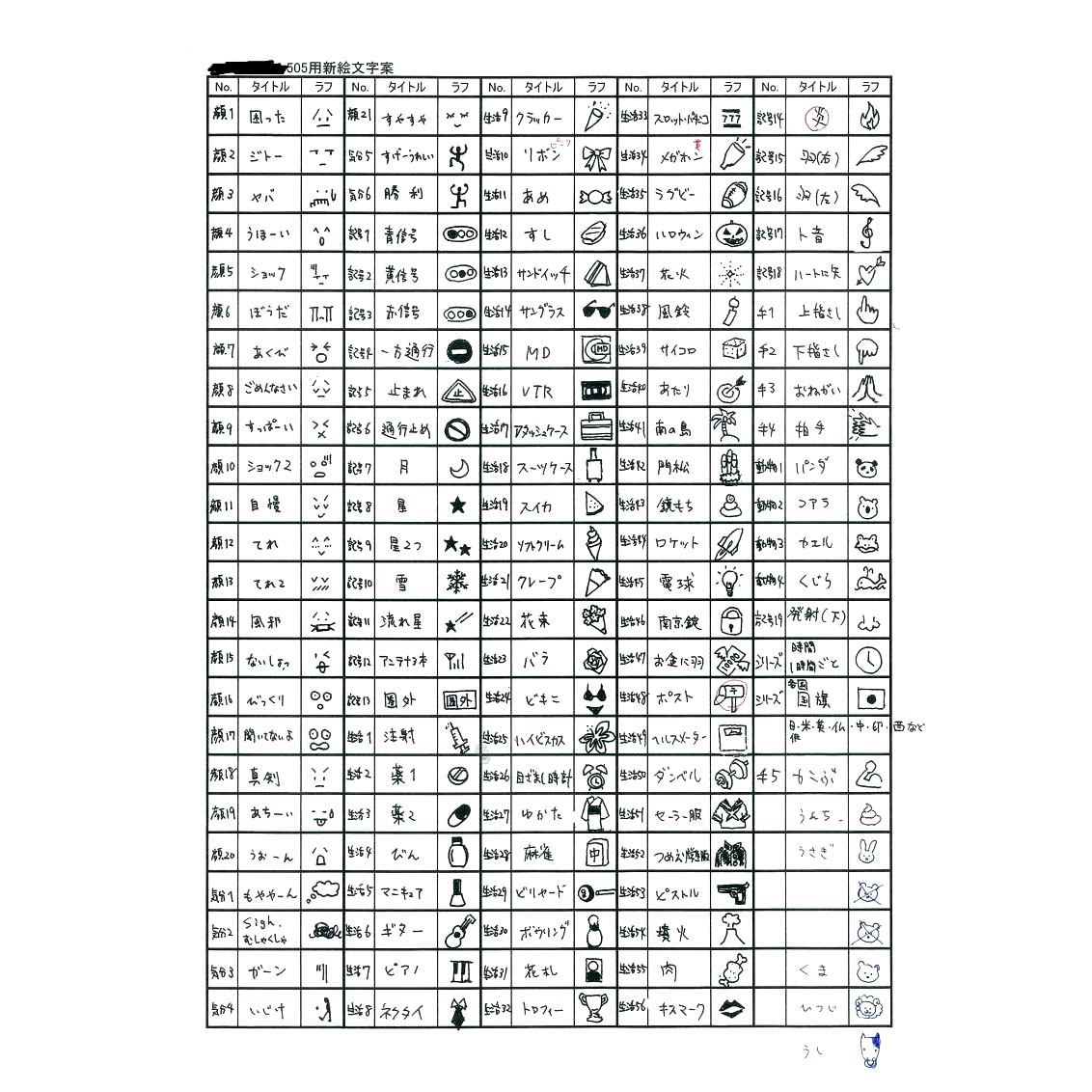
Then we had to create the emoji. This was hard, since there were so few dots composing the symbols on phones. They were 12×12 dots. With so few dots, it was hard to portray the image we were after. The limitations were great, and people had to be able to understand the emoji. Smiles were simple enough, but, for example, a dog — that differentiation was beyond my abilities. So I delegated that to a designer. I would make a list and draw samples of what I imagined the final product being, rough ideas which I then gave to the designer. Then I would review the dot images the designer sent back.
Regarding inspiration, I had two goals: The first was to communicate information. Second was to add to our palate of communication. One inspiration was mass media like TV and other large billboard messages — programmed messaging on billboards and large screens. Through some research, I found that the [Tokyo Olympic Games in 1964] brought many foreigners to the country. So they [made pictograms] to display bathrooms and sports activities. The international signage for bathrooms was made in Japan. Not many people know this. These pictograms were one of my inspirations.
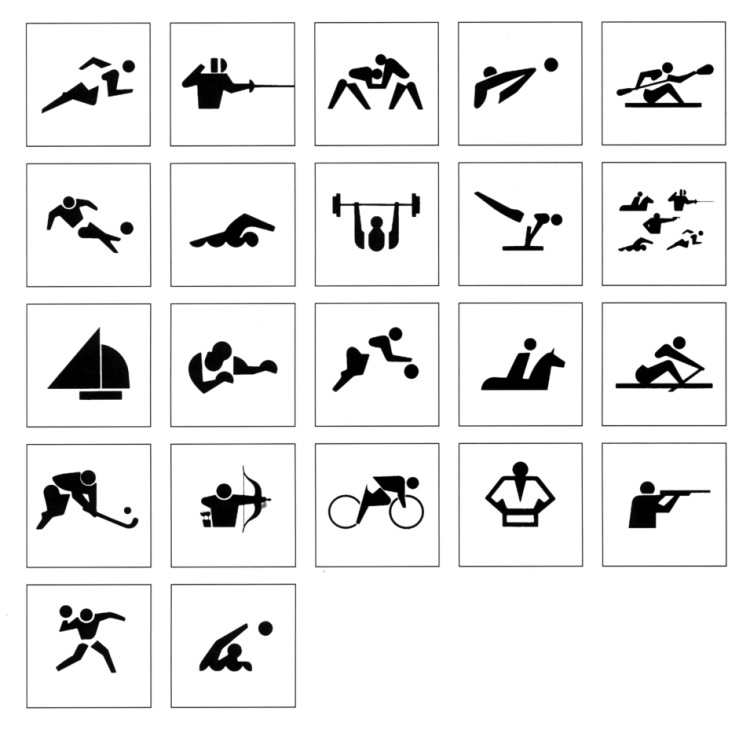
Other than that, symbols I saw on TV or in magazines were used as well. For communication, manga was the most useful for me. Manga has many scenes communicating emotions, such as a lightbulb for a new idea. Little icons that appear when someone runs or hits something. They have ways of communicating hate, passion, excitement. This mode of communication was a standard in Japan. The second part was to fully display the human face. Kao-moji (human face) already existed online, so we used that.

Did you expect them to be so successful when they launched?
The service was a great hit. Emoji spread among teens and became very popular. I felt the most success when emoji were used on TV. The early years of the 2000s was when emoji were most popular. So I felt our success very directly in those years.
Were your bosses happy?
Yes, but they hadn’t expected so much from me. My team was small, with primarily myself and one other person. Of all the things that were possible through the use of iMode, what I had been doing was only a small part of it. It was less a primary focus of the company’s projects. It became a thing because of the success it had. And honestly, it was born out of a simple thought I had. Everyone was very surprised.
Why did people love them so much?
Everyone loved communicating on the internet. Things like Facebook and Twitter are the most-used things in the world. Nowadays there are tons of new communication tools. These are all tools of communication, communication through words. Emoji enriches communication and makes it more enjoyable. It’s been 10 years now, but people love to add to communication.

Do you have a favorite?
All of this started with the heart icon. That’s how it all began. When making the face icons, we had all sorts of emotions. In the beginning we only had five variations of faces. These were used a lot, so we added more. Faces were very easy to use. I added faces on a whim and they became a hit too.
How do you think emoji will develop? How will it change in coming years?
Emoji has become increasingly popular abroad these past few years. But that all is old news in Japan. Emoji was a hit in Japan over 10 years ago. It has become standard in Japan. It is a norm and there is nothing special about it — it is now a language that people use on an everyday basis. In other countries, it remains a fad. But in a few years I think it will calm down and become a norm for people. Spain recently asked us to include a paella emoji. They wanted me to create a paella emoji. Before that, the U.S. wanted a hot dog. Each country and culture needs different emoji.
Do you think emoji is a form of language?
It may be separate from language. One can now communicate through the use of just letters. You can send emoji to foreigners and understand each other. So it is a new letter system. But there is no way to “read” it. It’s not a language in that way. With no common way to read it, emoji is digital communication.
This interview has been translated from Japanese and edited for clarity and length.
Watch VICE News Tonight every weeknight at 7:30 ET on HBO.
